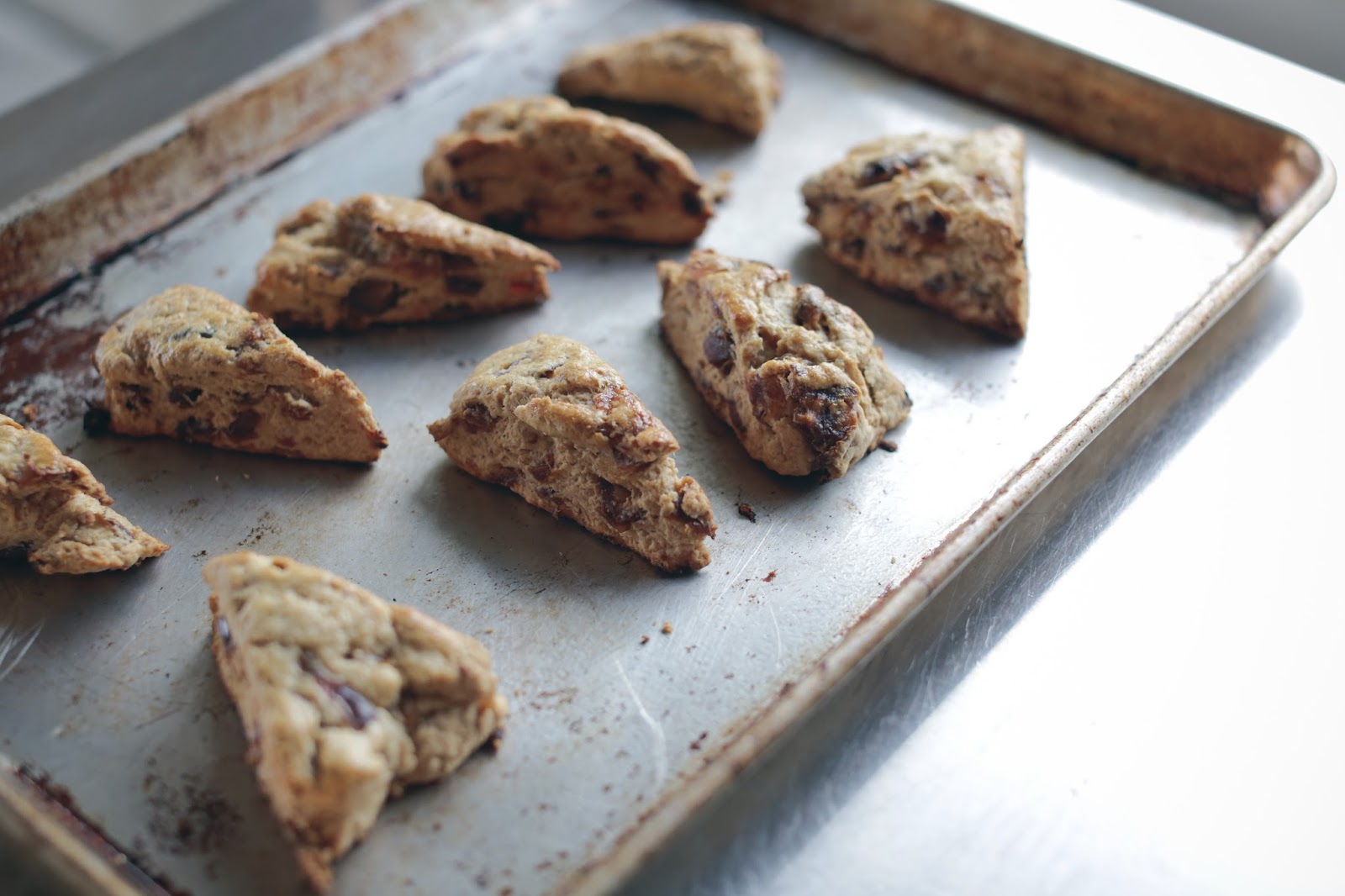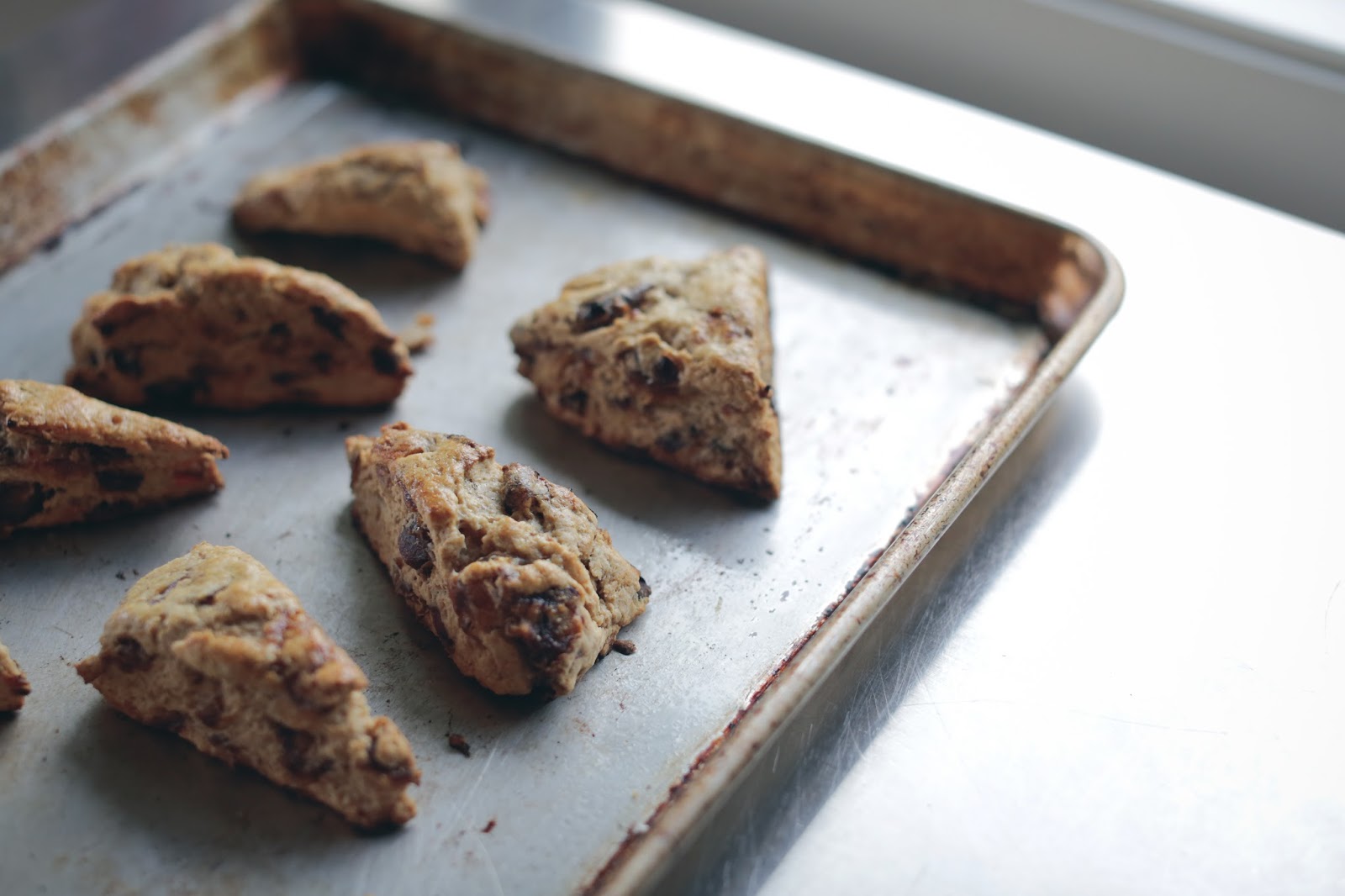I like to imagine
The only bookshelves in our house are in June’s room, one and a half walls of built-ins that bracket the space like a capital L. The previous owner had used the room as an office, as far as we can tell, and we planned to do the same. We set my desk under the window. I had just started writing Delancey then, and I pounded out the early chapters there – or, more often, avoided pounding out the early chapters by watching nuthatches flit around the giant evergreen outside. At some point, we decided that having a baby would be good idea, and to make room for her, we moved my desk to the dining room, replaced it with a crib, and hung her name on the door. And that is how it came to pass that the only bookshelves in our house are in June’s room, three people’s worth of cookbooks, fiction, grad school texts, and picture books, climbing the walls. I like to imagine that this will make some kind of lasting impression, that she’s absorbing novels and recipes by proximity as she sleeps, maybe, or that she’ll grow up to remember the books as a quiet, reassuring presence, like the old lady in the rocker in Goodnight Moon, the one whispering “hush.” I like to imagine.
In any case, the fact that we have only limited space for books is frustrating, but it’s also nice, because I get a real thrill out of getting rid of books we don’t use. We could buy some bookshelves, yes – or I could just cull the herd once a year and revel in the satisfaction of that until it’s time to do it again. For now, we’ve chosen the latter, and last week, I hauled four bags of books to Half Price Books. Cheap thrills!
Anyway, as I was doing this latest round of culling, my hand paused on the spine of Breakfast, Lunch, Tea, by Rose Bakery founder Rose Carrarini. I’ve had the book since shortly after its publication in 2006, and though I’ve used it twice at most, I can’t seem to get rid of it. I like its spacious layout and the way the food looks tidy and geometric, but also clearly handmade. A loaf of polenta cake is impeccably square in cross-section, but the powdered sugar on top is uneven. One arm of a star-shaped gingerbread cookie bends slightly, gracefully, toward another arm, like a sea star on the move. A small lemon tart is clean and round as a clock face, but the lip of the crust rises gently at four o’clock, where a finger pinched it shut. This is food I want to look at. Rose Bakery also has handsome concrete-and-metal tables, which you can see in a picture on page 57, and we liked them so much that, based on that picture alone, we copied them at Delancey. All that said, I never use this book. I almost never even pick it up. It takes up shelf space. My fingers itched.
But then, then, I remembered having seen a recent mention of it online, and that this mention came from my friend Shari, she of the sweet potato pound cake and the raspberry-ricotta cake recommendations. She’d posted a shot of some date scones she’d made from a Rose Bakery recipe, and she’d raved. I decided to let the book live another round, and I added dates to the grocery list.
Now. You probably don’t need another scone recipe, and I don’t either. But I will be keeping this recipe, need it or not. The dough is made from half white flour and half whole wheat, which means that it gets the flavor of wheat without its weight. It’s sweetened only lightly, and with brown sugar, so most of its sweetness comes from the dates themselves, dark and fudgy. You could stop right there and have a great scone. But this particular specimen also includes freshly grated nutmeg, which gives it – and, in my experience, any baked good that uses nutmeg in sufficient quantity – a certain intoxicating eau de doughnut. The scones bake up sturdy but tender, biscuit-y, and between the whole wheat and the sticky dried fruit and the spicing, they double as both a weekday breakfast and a totally racy afternoon snack.
One final aside: your scones will not, and should not, look as date-y as mine do. The recipe as written in the book has both weight and volume measures, and I learned the hard way that the weight measure for the dates is incorrect. It calls for 250 grams of pitted, chopped dates, indicating that this should equal a scant ½ cup. Because I like to bake by weight, I didn’t even look at the volume measure before I cheerfully stirred in the entire 250 grams, or more than half a pound. I like dates, but there’s a limit. 250 grams, as it turns out, measures to nearly one and a half cups, or nearly three times what you actually need and want. The recipe below reflects my correction.
Happy weekend.
Whole Wheat Date Scones
Inspired by Breakfast, Lunch, Tea, by Rose Carrarini
Carrarini says that these scones should be eaten warm, with lots of butter, and eaten slowly. Eaten slowly! Riiiiiiiiight.
As for kosher salt, I use Diamond Crystal brand, and though it might seem like a trivial detail, the brand does make a difference. If you use Morton’s, note that it’s saltier than Diamond Crystal, so use less.
Set a rack in the middle of the oven, and preheat to 400°F. Line a baking sheet with parchment paper.
In a large bowl, combine the flours, baking powder, salt, and nutmeg. Whisk to blend well. Add the brown sugar, whisking again, and then add the butter. Using your fingers, work the butter into the flour mixture, rubbing and pinching the butter until there are not lumps of butter bigger than a pea. Stir in the dates. Add about three-quarters of the milk, and using a fork, stir it into the dry ingredients. If it seems too dry and crumbly, add more milk as needed, but start sparingly, so that the dough doesn’t wind up sticky. Once the dough is coming together, put down the fork and finish bringing it together with your hand, pressing it and turning it to incorporate all the flour. Turn the dough out onto a lightly floured work surface, and massage it into a disk roughly 1 inch tall. Cut the dough into 10 even wedges (or squares, if you want, or you can use a cutter to make circles), and arrange them on the baking sheet. Brush lightly with egg.
Bake for about 15 minutes, or until the tops are lightly golden. Serve warm – or, if eating later, reheat gently before eating.
Yield: 10 small scones



